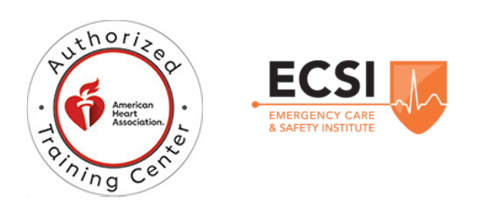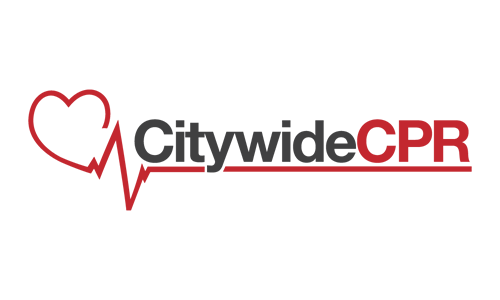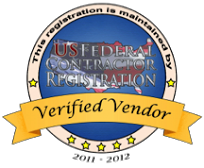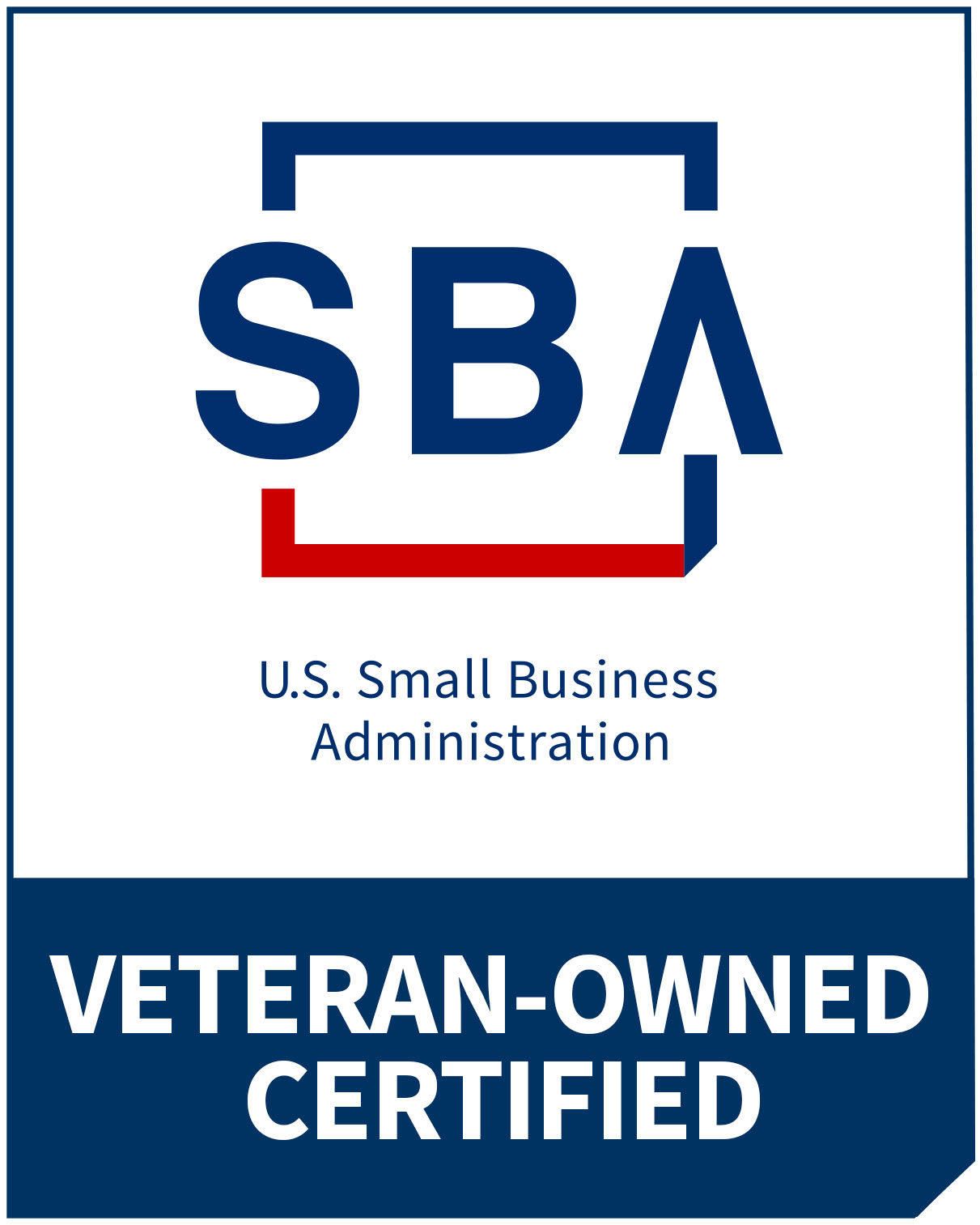In today’s world, Sudden Cardiac Arrest is considered to be one of the leading reasons for mortality. What makes this condition even harder to deal with is the fact that, as the name implies, there is very little sign to let other people know that you are about to suffer from one. If you are fortunate, you might notice the person complaining of chest pains, fatigue, and nausea. When SCA strikes, the patient instantaneously loses consciousness and the blood circulation slows down. With not enough oxygen reaching major organs, they start to suffer from tissue necrosis which, if left untreated, can cause the patient to die. It is because of this that knowledge of CPR is a must. Unfortunately, not everyone is quite aware of the small details that go with a CPR training.
For an ordinary person, CPR typically means chest compressions combined with mouth-to-mouth resuscitation. Things, however, are not really that simple. For one, not all situations call for mouth-to-mouth resuscitation. Now, in the past, the American Heart Association has made use of the A-B-C formula when it comes to reviving an unconscious victim. This means that a responder would need to check for airway, administer breathing, and do chest compressions. Today, however, CPR is generally done using the C-A-B formula. This means that the responder would need to do chest compressions first before checking the airway and administering breathing or mouth-to-mouth resuscitation. If there is an AED unit present, a responder would first need to hook the patient up to the AED before administering any CPR. This is because the AED itself is able to diagnose whether the victim is still in need of chest compressions or if the electric shock from the AED would be enough to restore the heart’s natural beating pattern.
While most people believe that chest compressions and rescue breathing can be done on just about any unconscious victim, this is actually not true. In fact, different situations require different kinds of CPR. For one, if you have not had any training when it comes to CPR, or had one but have totally forgotten about it, you can actually just apply chest compressions until the paramedics arrive. You just have to make sure that you your chest compressions are at a rate of 100 compressions per minute. Now, if you are someone who has had training in CPR, you can apply chest compressions along with mouth-to-mouth resuscitation. If, however, the victim, is an infant, you need to make sure first that the baby is non-responsive by stroking it and looking for a reaction. If there is no reaction, you need to follow the A-B-C steps when it comes to performing CPR. In doing the compressions, however, you only make use of two to three fingers instead of the heel of your palm. Your other hand, instead of being interlocked with your other hand, should be supporting the head of the child. Do as much as 100 compressions per minute and combine it with two rescue breaths.
If you feel that your CPR skills have already become rusty, your best move would be to undergo CPR training in such companies as Citywide CPR.





